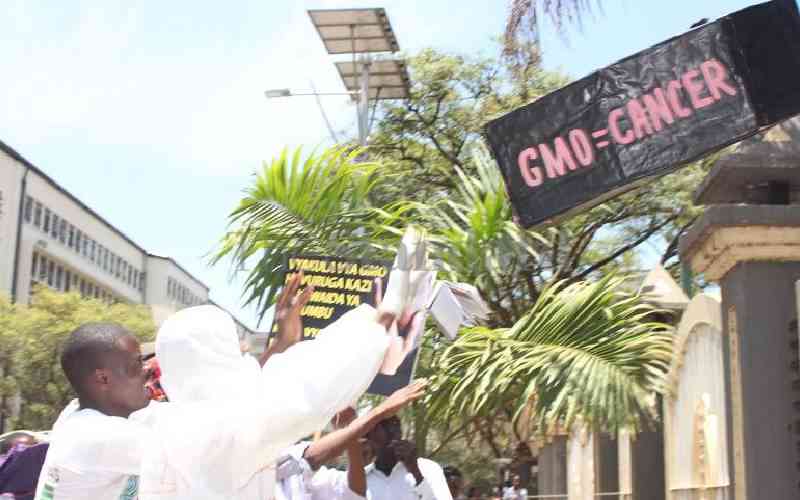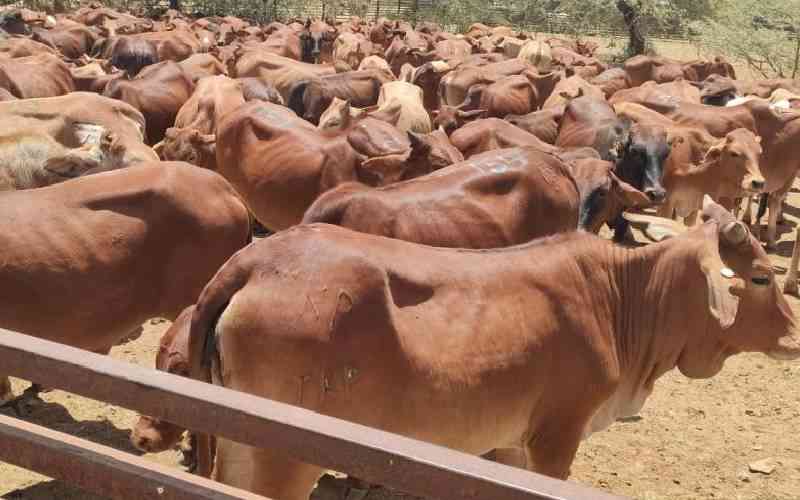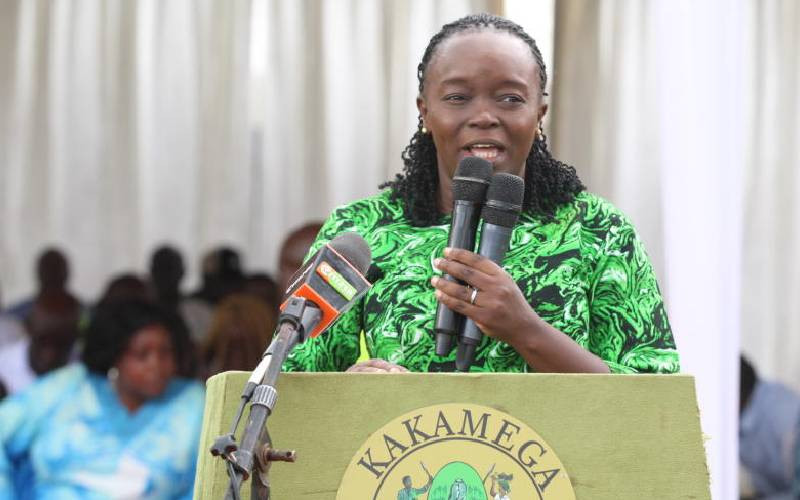
Teething is a normal developmental process where the tooth erupts from its crypt to pass through the gum to the oral cavity.
Dr Peninah Musyoka, a paediatrician at Machakos Children’s Clinic, says most babies begin teething from the age of 4-6 months after birth, where you can see white tissue on the baby’s gum which should not be taken to be pus but teeth that are waiting to erupt.
Some babies have natal teeth (teeth that are present at birth). Dr Musyoka explains that although they are harmless, they may be removed at times because the baby may injure the mother’s nipples while breastfeeding, or there is also a risk that they can become very loose and the baby swallows them.
“When the baby is teething, nothing should be applied on the gum such as Ashton or teething gel or any other thing that mothers may be told works, because the truth is, teething is a normal process and will happen whether they apply those things or not, and they are harmful to the baby,” warns the medic.
She recommends that a mother should observe hygiene by cleaning the baby’s toys because they may put them in the mouth and this prevents the baby from infections that may cause diarrhoea and vomiting, or give the baby a chilled teether, carrot or cucumber that the baby can chew on and soothe the itching gum.
Additionally, Dr Musyoka warns against gum cutting, a common practice in many parts of Lower Eastern Kenya where crude items are used to cut open the baby’s gum to remove the teeth.
The myths have it that the baby ought to be gum cut when they begin vomiting or have diarrhoea, especially green slimy diarrhoea. Some might also have white tissue on the gum which they believe is pus.
However, according to Dr Musyoka, the diarrhoea and vomiting are usually not a result of teething but a result of an infection that the baby may have picked up while putting things in the mouth to soothe the itchy gum.
- 17 cases of diarrhoea reported in Kilifi IDP camp
Keep Reading
“First you delay the health seeking because instead of bringing the child to the hospital when they have diarrhoea and vomiting, you take them for gum cutting and if the baby has dehydration, it will worsen and they may end up going into shock because it was not well managed,” she says.
Dr Musyoka also warns against this practice because of the unsterilised instruments used to cut the gum that may be used to spread diseases among children.
In the villages, some women are known to have expertise in gum cutting. When mothers take their babies to them, the women have been known to use crude instruments such as chiselled nails to cut the gums of all the babies brought to them. “Imagine the pain those babies go through and then the bleeding. Some bleed even to death because once the gum is cut, they may not know how to close it or treat it, and some get to the hospital when it is already too late,” Dr Musyoka says.
She says some children are taken to hospital with a bad case of gum infection or sepsis and this may affect many organs including the brain, some babies may end up losing the milestones they had achieved, while others may have kidney problems.
“My plea to the grandmothers -- we know you love the children and that is why you think gum cutting will help them when they have diarrhoea and vomiting, but now things have changed, we know how to control diarrhoea and vomiting in young babies and this should not be associated with teething, so let us stop the practice of gum cutting,” says Dr Musyoka.
 The Standard Group Plc is a multi-media organization with investments in media platforms spanning newspaper print
operations, television, radio broadcasting, digital and online services. The Standard Group is recognized as a
leading multi-media house in Kenya with a key influence in matters of national and international interest.
The Standard Group Plc is a multi-media organization with investments in media platforms spanning newspaper print
operations, television, radio broadcasting, digital and online services. The Standard Group is recognized as a
leading multi-media house in Kenya with a key influence in matters of national and international interest.











